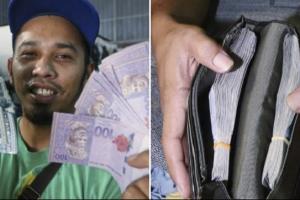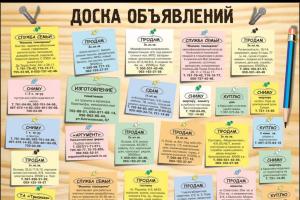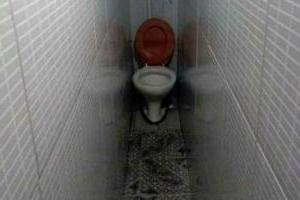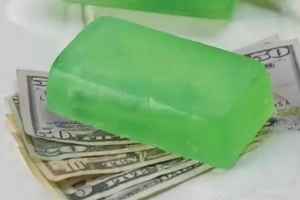According to many experts, the futures market today is the fastest growing sector of financial investment in the world. To a large extent, this is ensured by a wide selection of various strategies and decent liquidity. However, for many private investors, the market seems unnecessarily complex and risky. Is this true and how to trade futures?

What it is?
Futures is a financial instrument of a derivative type, namely a contract for the sale / purchase of an underlying asset in the future on a specific date, but at current market value. The subject of this agreement (underlying asset) is most often stocks, currency, bonds, interest rates, goods, inflation, weather, etc.
Using a simple example, this can be explained as follows. A farmer is engaged in growing wheat, its value in the market today, for example, is 100 units per ton. At the same time, mass forecasts are coming that the weather will be fine all summer, which is why the harvest is expected to be excellent in the fall, which will necessarily cause an increase in the supply market and a subsequent fall in prices. In this regard, the farmer does not want to sell grain at 50 units per ton in the fall, and he agrees with some buyer that he will certainly sell him 100 tons of wheat in 6 months, but at a price fixed at 100 units today. In this example, the farmer acts as the seller of the futures contract.

Fixing the value of the goods, the delivery of which will occur after a certain time, at the time of the transaction, is the essence of the futures contract.
Such financial instruments arose along with trading. However, initially such a market did not have an organization and was based on verbal agreements between its participants. Historically, the first contracts for the sale of goods at some point appeared simultaneously with writing. Archaeological excavations show that already on the cuneiform tablets of the Mesopotamia there were some prototypes of the futures. Then, by the 18th century, most derivative financial instruments, like modern ones, appeared in European countries, and capital markets were rather highly developed.
How to trade futures today?
Today in Russia, futures trading can be carried out on the derivatives market owned by the Moscow Exchange. It is called FORTS, and one of its most popular instruments is the futures on the RTS index. It is also worth noting that the volume of the global modern futures market far exceeds the volume of real trading in underlying assets. What are the technical details? How to trade futures on FORTS?

Any futures contract has a specification - a document that is fixed by the exchange itself and contains all its basic conditions:
- ticker;
- name;
- type of contract (delivery / settlement);
- size (the number of units of the underlying asset in one futures);
- date of delivery;
- term of circulation;
- minimum price change (step);
- minimum step price.
What do these characteristics mean?
As already noted in the list, futures contracts can be “deliverable” or “settlement”. The first type involves the supply of the underlying asset: for example, if there was an agreement in 6 months to purchase a precious metal at a certain price - it will be delivered.Settlement futures, in turn, does not imply any delivery. As soon as the term of the contract ends, there is a recalculation between the parties to the contract of profit / loss of cash in the form of their accrual and write-off.

For example, you bought 1 futures on the Russian RTS index, hoping that by the end of the contract term this index will increase. As soon as the circulation period expires, or, as it is also called, the expiration date arrives and the index grows, you will make a profit, but no deliveries will be made to your address. This is the key point on how to trade FORTS futures.
The futures term is the period during which you have the opportunity to buy or resell the contract. After this period of time, all participants in transactions with the concluded futures contract must fulfill all obligations.
Futures price is the value of the contract at a given time. During its action, it changes constantly until the date of expiration. At the same time, the price of a futures contract does not correspond to the price of the underlying asset, despite the direct serious dependence on it. In relation to whether futures are more expensive or cheaper than the value of the underlying asset, situations called “backwardation” and “contango” are possible. This means that the current price lays certain circumstances that may occur, as well as in a more global sense, the mood of investors regarding the underlying future asset.
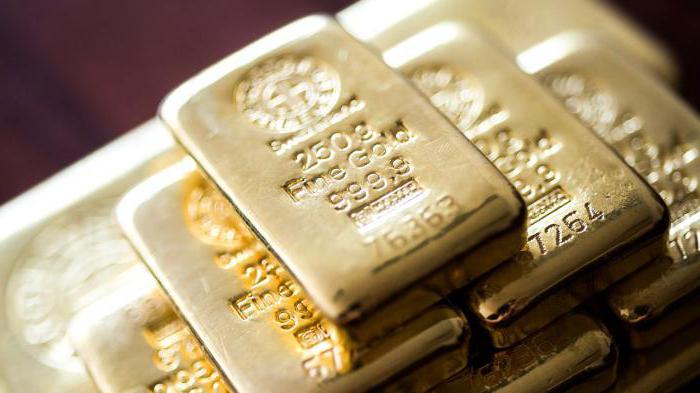
Strengths of Futures Trading
A market participant gains access to a very large number of instruments that are traded on various exchanges in all countries of the world. This provides opportunities for broader portfolio diversification. Thanks to this, the trader has a lot of opportunities how to trade futures.
When compared with the stock market, in this case there is a reduced commission.
Futures have high liquidity, which allows them to apply various strategies.
Financial guarantee
The main advantage of the futures contract is that the trader does not need to spend as much money as would be needed when acquiring (selling) the underlying asset directly. The whole point is that during the implementation of the trading operation, you use the guarantee collateral (GO). It represents a refundable fee charged by the exchange when opening a futures contract. In other words, this is a certain deposit left during the operation. Its dimensions are compiled depending on a number of factors and, most often, do not exceed 2-10% of the price of the underlying asset itself. As you can see, the leverage used in transactions with futures makes it possible to increase potential profit many times over. At the same time, one should not forget about the existing risks.

First of all, GO is not a fixed value and its size can change at any time, even after you purchase a futures contract. For this reason, it is important to monitor the status of your position and at the same time the level of GO. This is necessary so that the broker could not close your position at that time when the exchange only slightly increased GO, and there are no additional funds on your account.

Trading strategies
As already noted, one of the main positive qualities of futures is the ability to use many trading strategies. How to trade futures, and why is this trading so effective?
First of all, it is a hedging of risks. As follows from the historical background, it was this option that caused the emergence of such a financial instrument. Initially, the underlying assets were various agricultural products. Since farmers did not want to risk their profits, they sought to conclude contracts for the sale of their products in the future, but at prices agreed upon at the time of the transaction.This means that futures contracts are used as a method of mitigating risks. This is achieved both by hedging real production or other activities, and various investment transactions (due to fixing the available price for the selected asset).
Secondly, these are speculative operations. The popularity of futures is growing in this area due to two factors - significant leverage and high liquidity. The main task in the resale is to profit from the price difference. It is also worth noting that the profitable potential in this area is high, and the retention period of positions is very short. The reduction in commission here also plays a large role (compared with the stock market).
To understand what futures are best for trading, you should carefully study the features of each type of such trading.
Index Futures (RTS, MICEX other)
These are settlement type contracts in which the index is the underlying asset (RTS, MICEX, etc.). Exchange fees for such transactions vary depending on the chosen broker.
The most liquid and risky instrument is the futures on the RTS index. How to trade it in the modern market? There are many opportunities for such trading, but scalping and intraday trading are the most common. The second is most preferred for novice traders.
RTS Index Futures - How to Trade?
The RTS Index represents the 50 largest issuers of the Russian market, for the totality of which they created a futures contract. If someone expects that there will be market growth in the near future, he will acquire this contract (which means opening a long position). Who expects the index to fall - they are selling, opening a short position.
Speaking about how to trade futures on the MICEX, it is worth noting that this is happening in a similar way. However, it does not have the same high liquidity compared to the RTS. In addition, other exotic indices are used in trade, one of the most famous among them is the BRIC (which means Brazil, Russia, India, China). The remaining contracts of this type are little known in Russia.
Stock futures contract
Specialists often recommend that novice traders start with this particular type of futures, as stock contracts are closely linked to the stock schedule. If you analyze them through fundamental or technical analysis, you can easily figure out what is happening with the futures. At its core, stock futures are blue chips and some second-tier values. They are difficult to analyze, since such graphs are very short.
Currency Futures Contract
Where to trade this type of futures? As already mentioned, FORTS supports all types of such transactions, including with currency. Today in Russia, futures on dollars against the ruble are common, as well as currency pairs with the dollar and the euro or the British pound. Typically, the financial leverage in such contracts is 1:20.
Commodity futures contract
It is these futures that are widely traded, since the basics of such trading look the most understandable and accessible, unlike indexes or stocks. When making a choice of which futures to trade, many are inclined to this type of transaction. For example, it is easy to trace the logical chain - if at the end of summer there is a grain crop failure, this means its future growth in price, which suggests the prospect of buying a grain futures contract. Since fluctuations in commodity prices are more obvious, in this case it is much easier to calculate potential risks and profits.
How is futures trading going?
In order to trade futures, the QUIK terminal is used. Its settings occur in semi-automatic mode.How to trade futures in QUIK? First of all, you should open the option “Current parameter table” and select the necessary values. To enter them, you need to find generally accepted markings in the list and put them in a list called “Line Headers”. For example, you selected futures on the RTS index. QUIK will automatically configure how to trade, you only need to enter the initial basic parameters.




